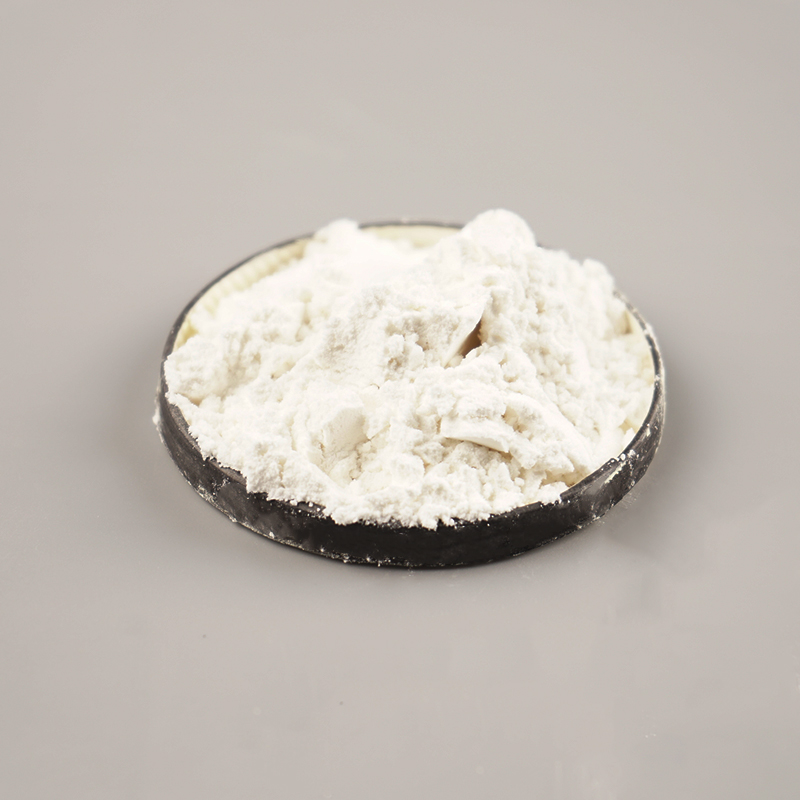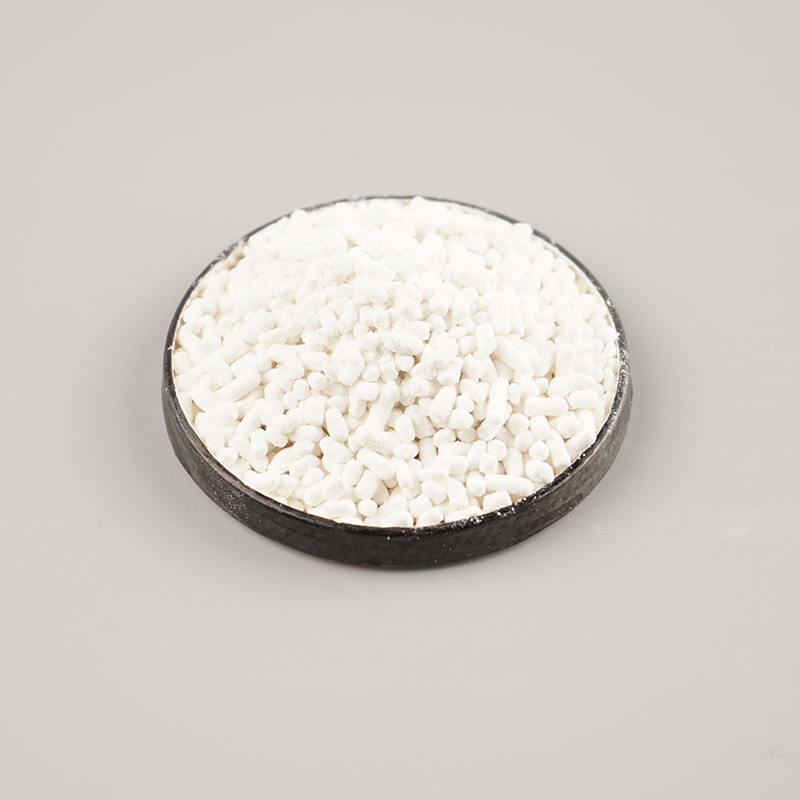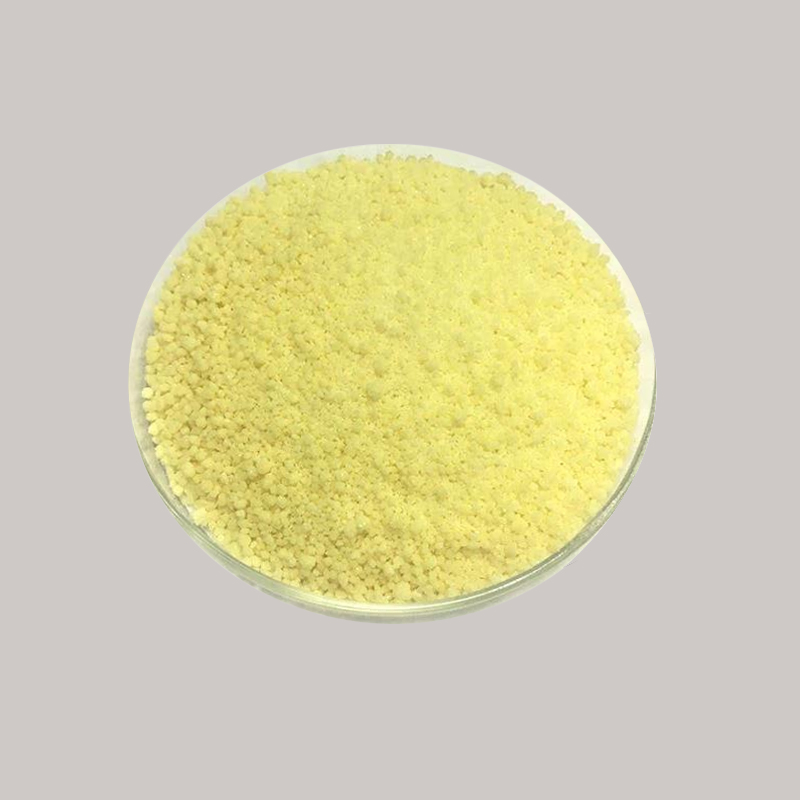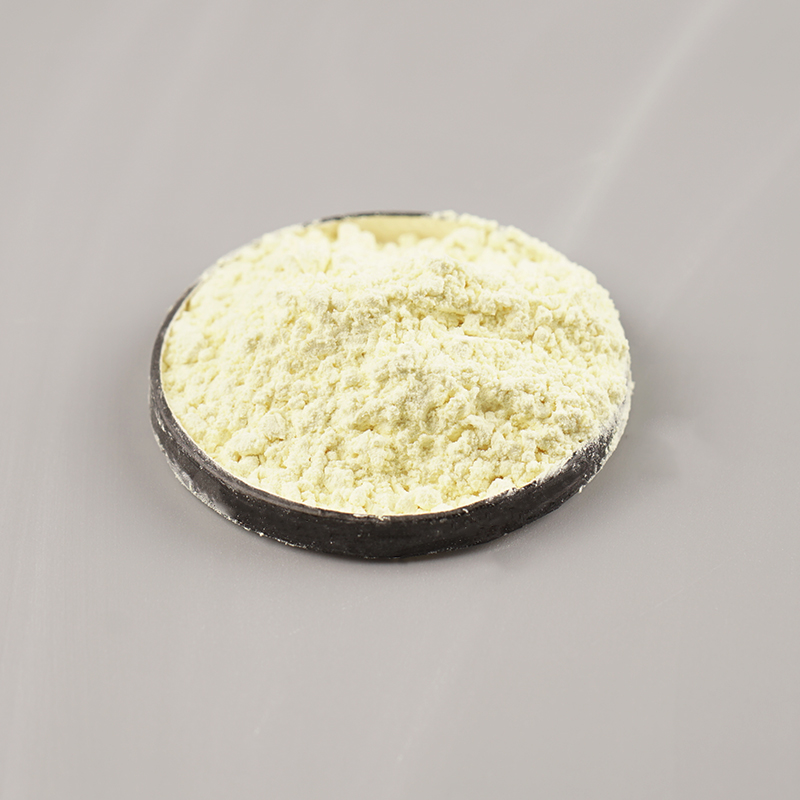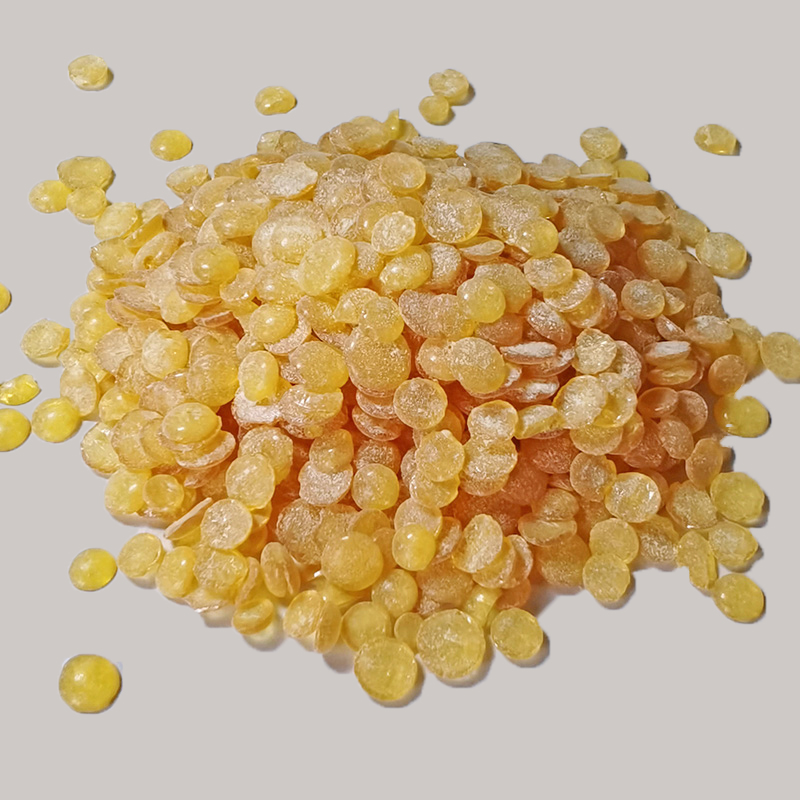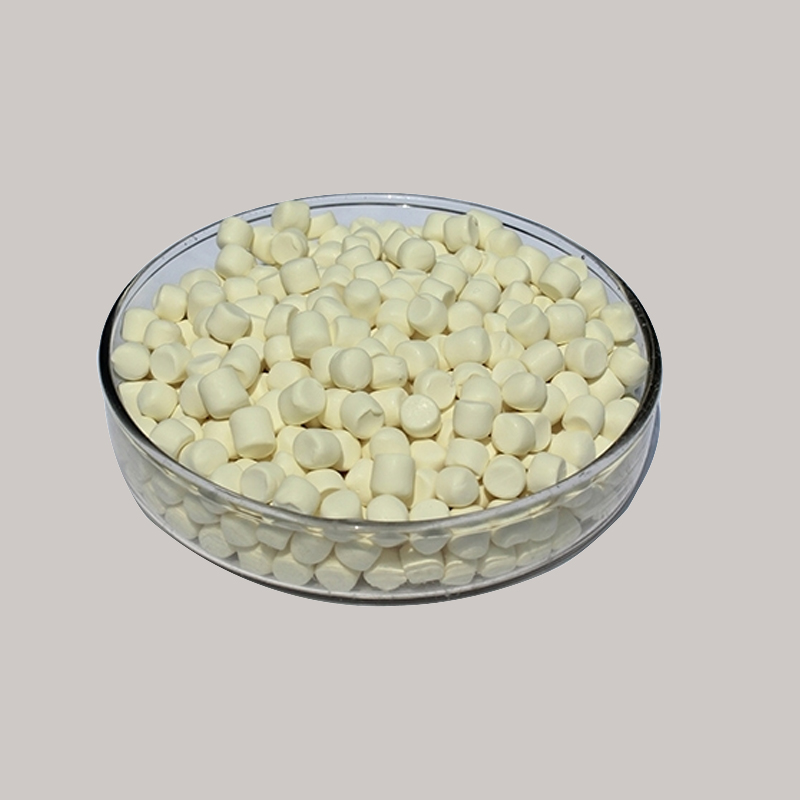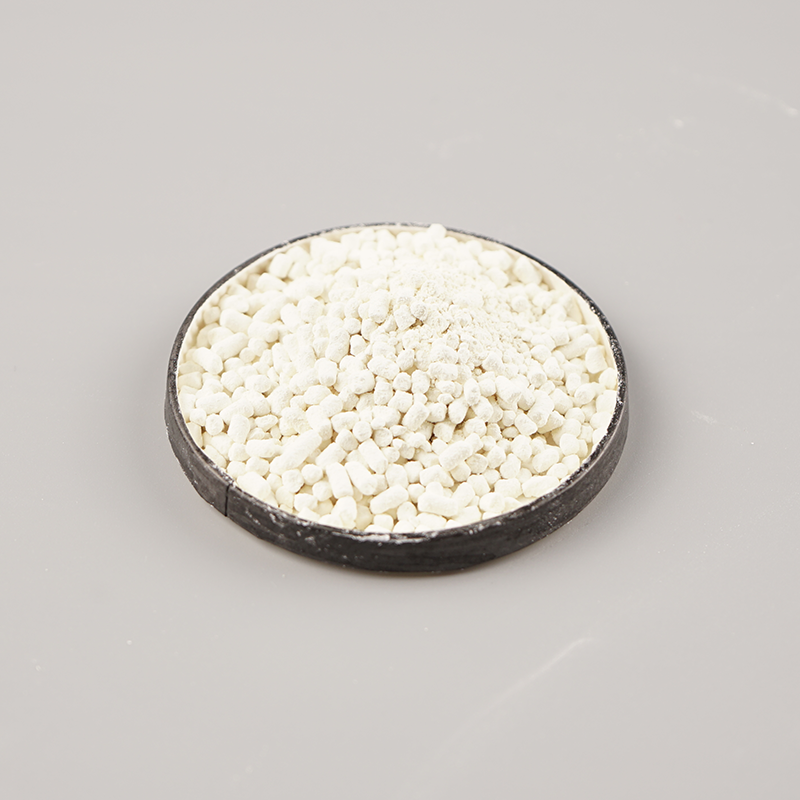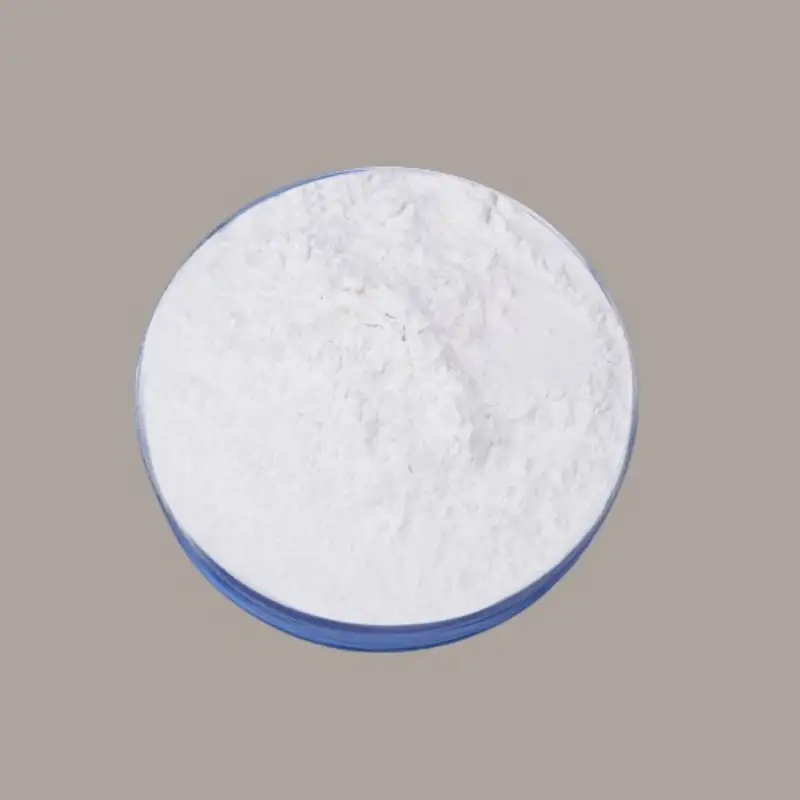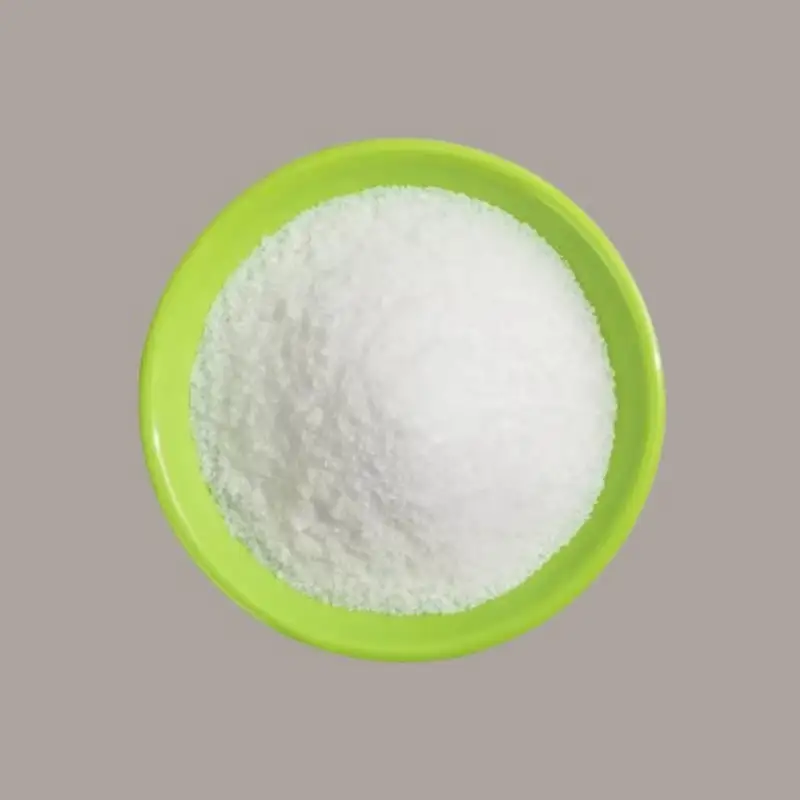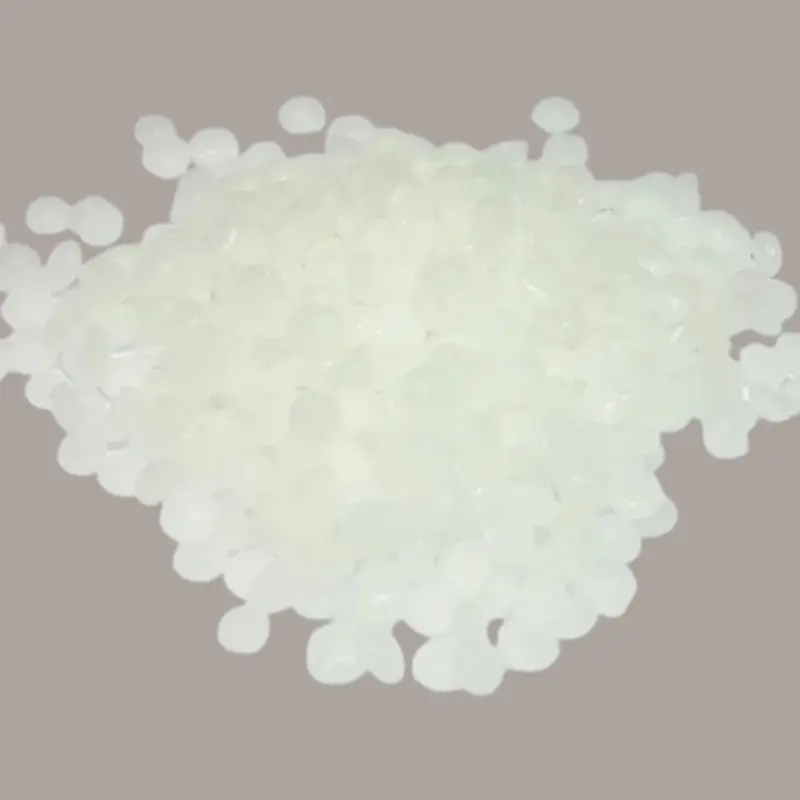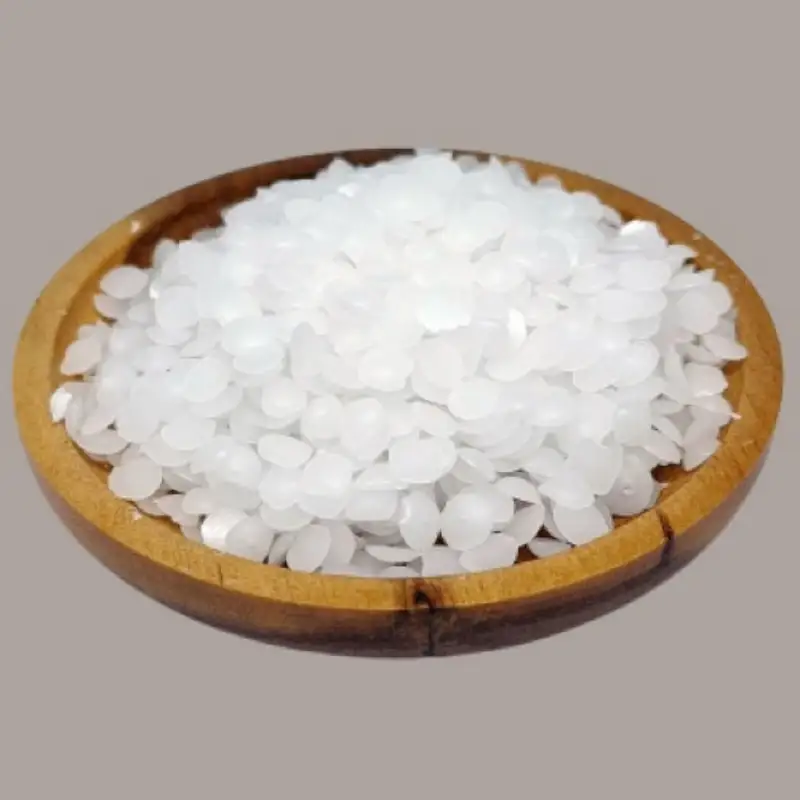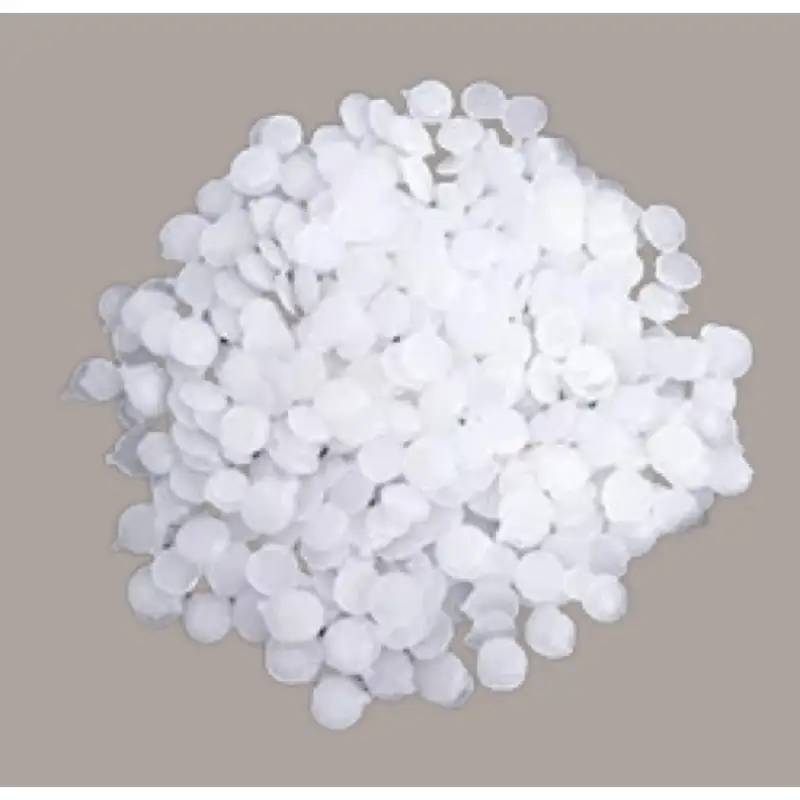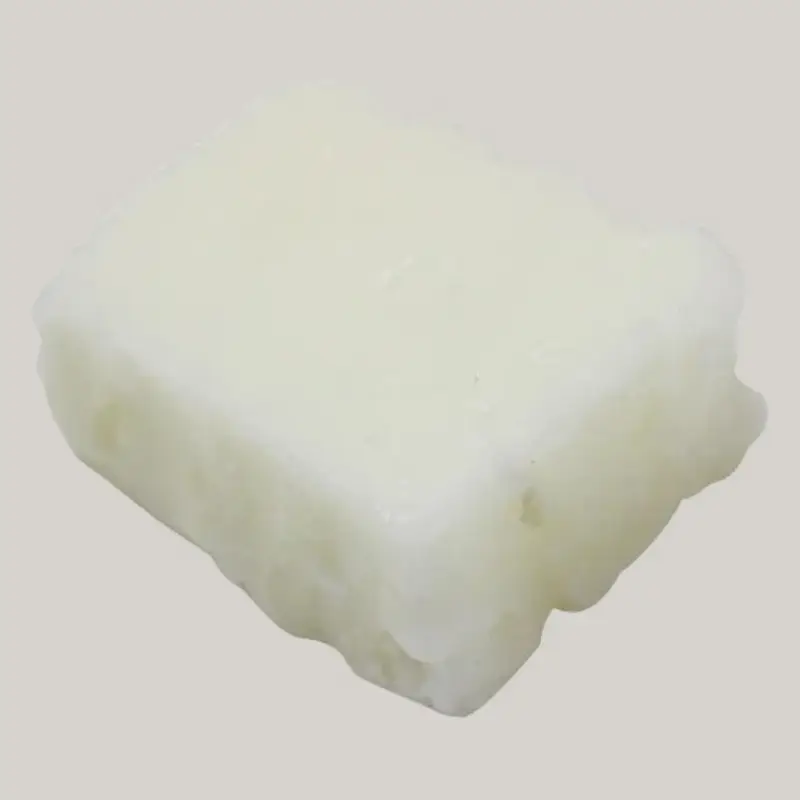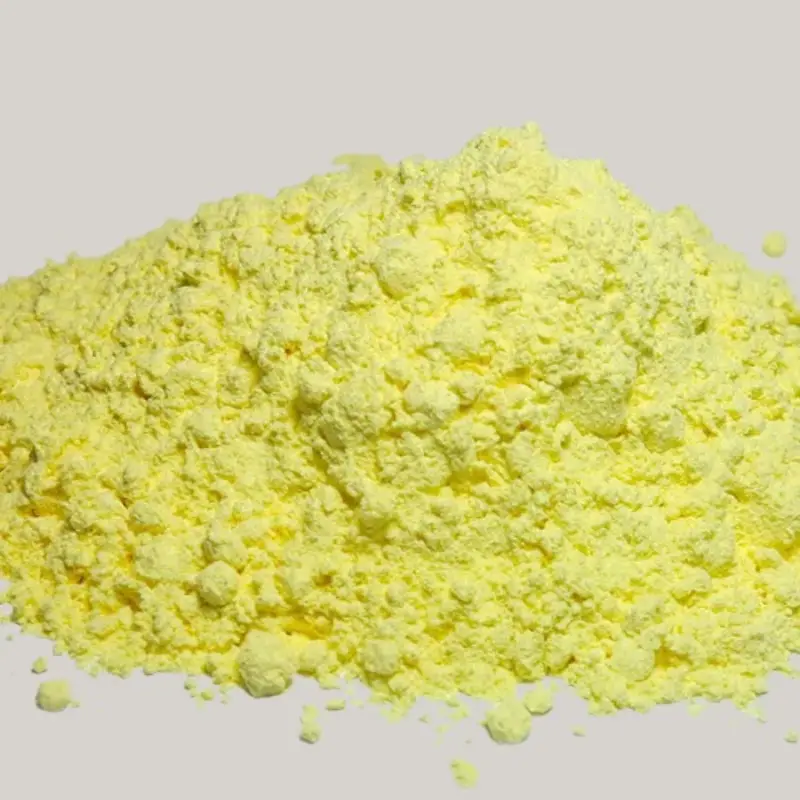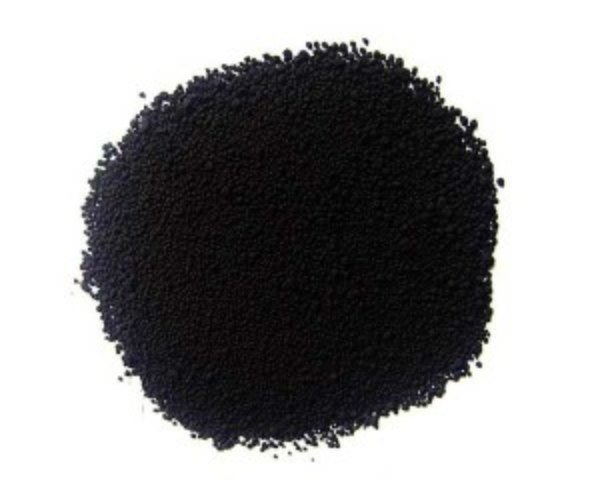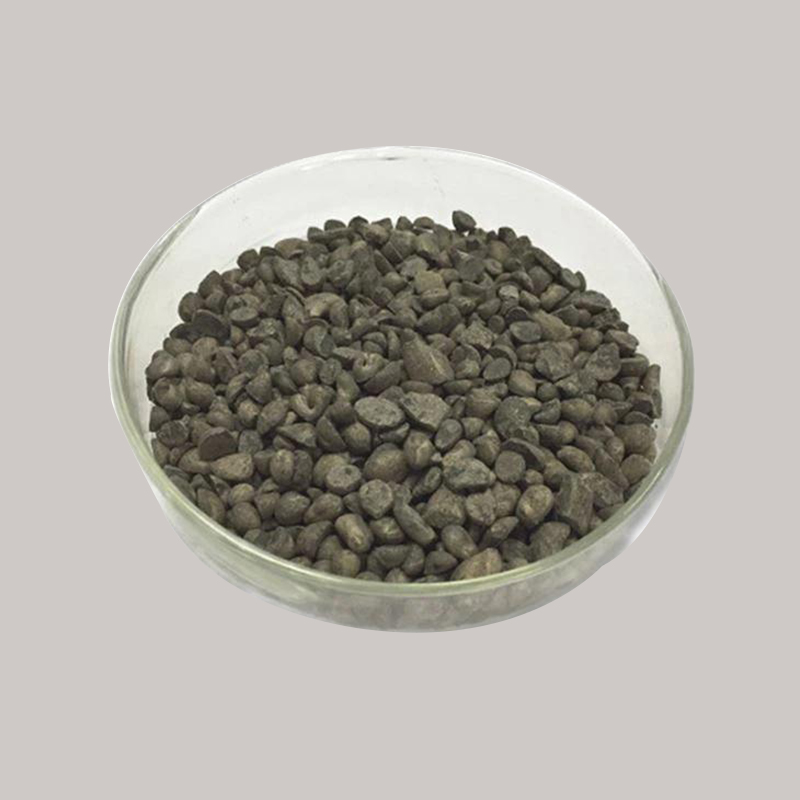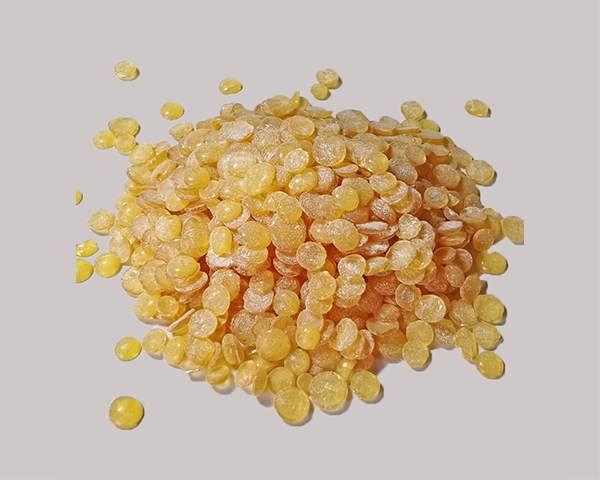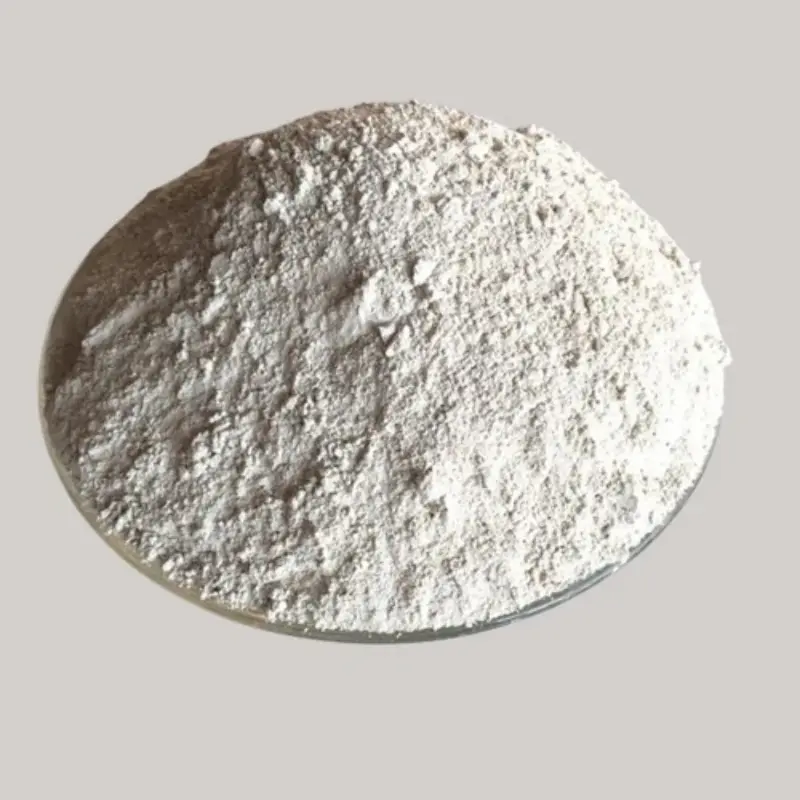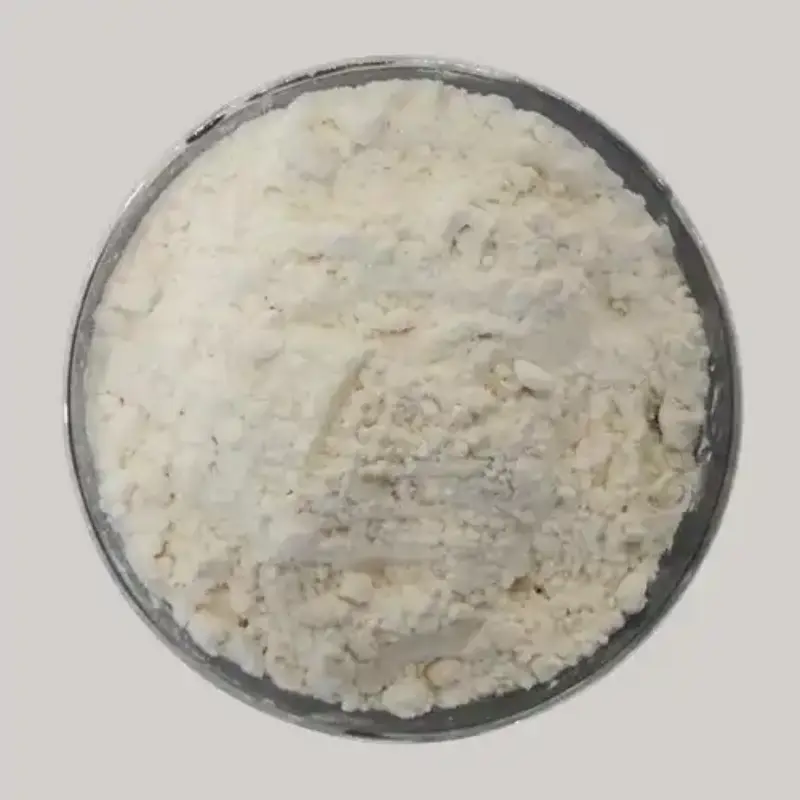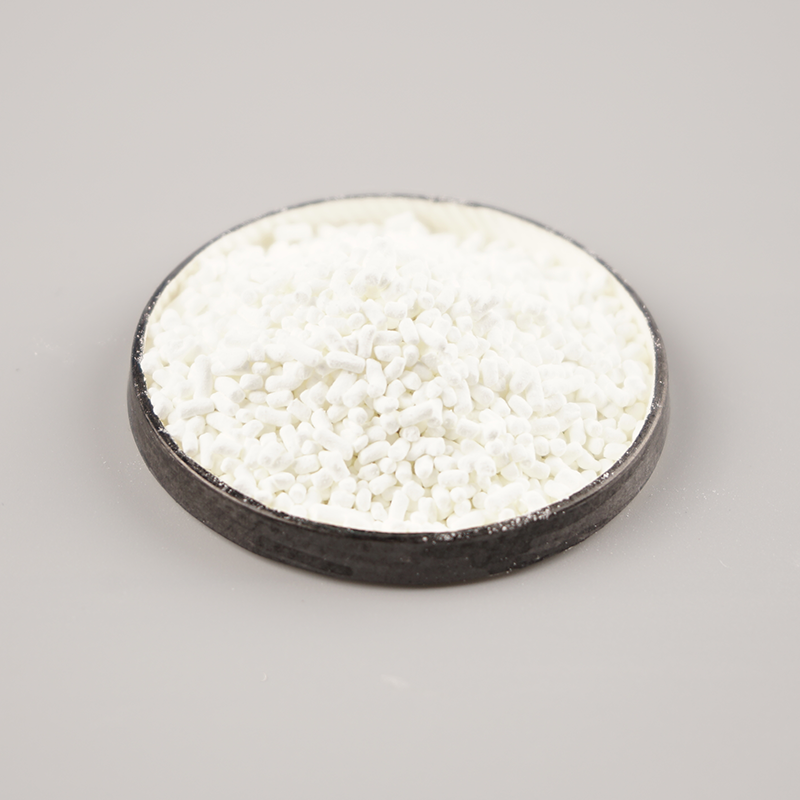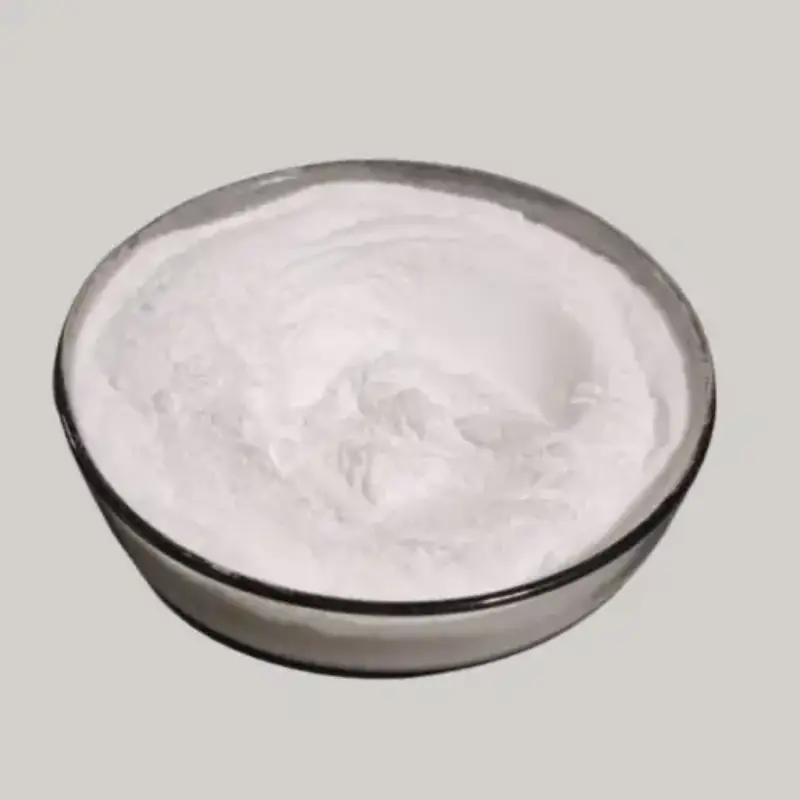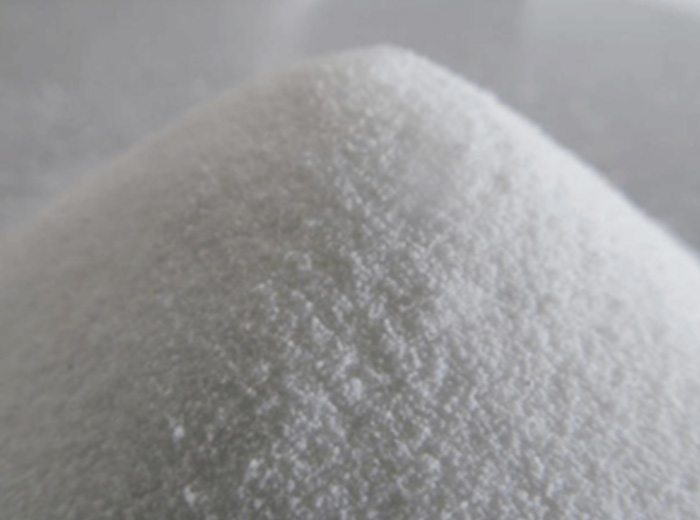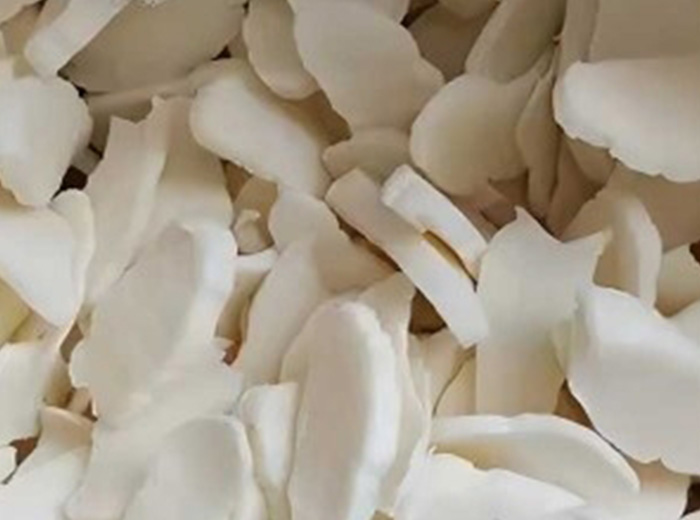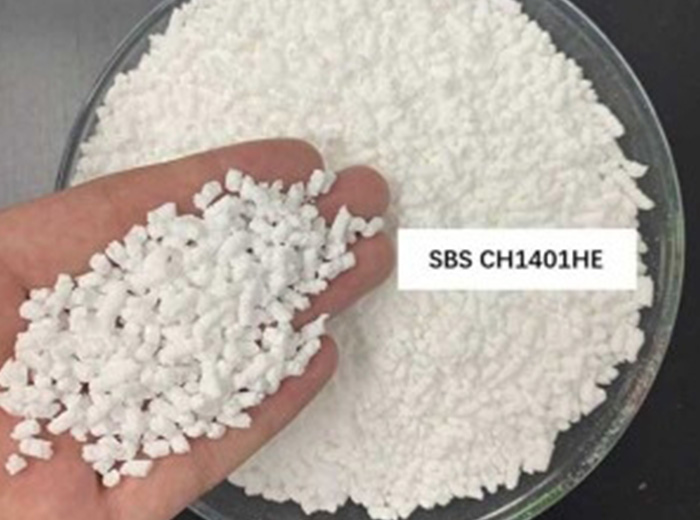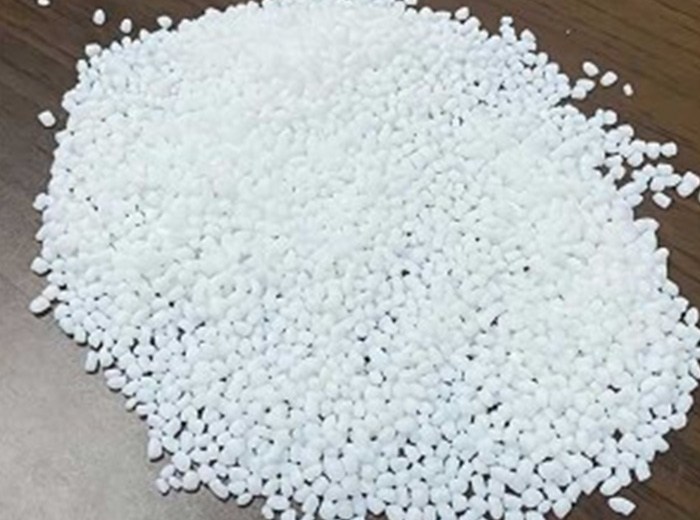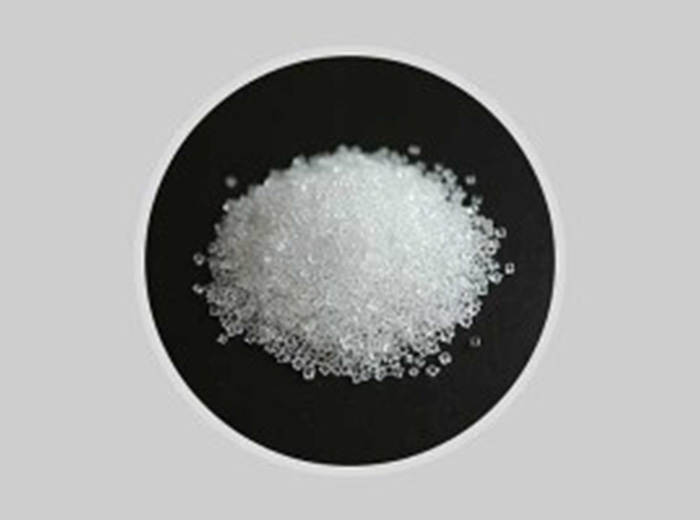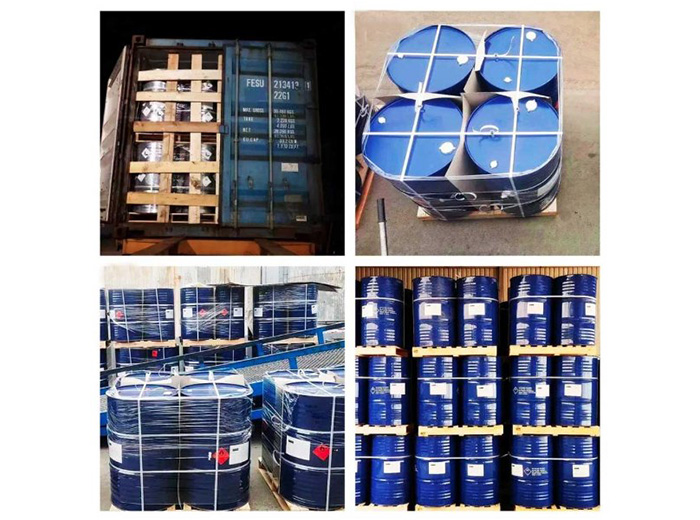Characteristics:
- Versatility: Rubber chemicals are versatile agents, serving as adaptable assistants that empower manufacturers to precisely tailor rubber compounds to meet specific performance requirements.
- Specialized Types: There are various types of rubber chemicals, each characterized by distinct functionalities, aligning with specific roles in the enhancement of rubber properties.
- Selection Criteria: Selecting rubber chemicals is contingent upon various factors, including the type of rubber (natural or synthetic), the intended application of the final product, and the specific desired qualities in the end product.
- Synergistic Functionality: Rubber chemicals function synergistically, working together like carefully crafted ingredients in a recipe. The precise combination is crucial to achieving the desired outcome.
- Formulation Precision: Achieving the right mix of rubber chemicals is vital, analogous to the precision required in crafting a recipe. Each chemical contributes uniquely to the overall properties of the rubber product.
- Diverse Applications: The importance of rubber chemicals extends to various rubber products such as tires, seals, gaskets, conveyor belts, and everyday items, highlighting their widespread impact on daily life.
What is Rubber Chemical
Rubber chemical is a vital substances in the rubber industry, playing a key role in making rubber materials better and improving how they are made. These chemicals are like helpers, allowing manufacturers to adjust rubber compounds to meet specific needs. There are different types of rubber chemicals, each with a unique job. The choice of which chemicals to use depends on factors like the type of rubber (natural or synthetic), what the final product will be used for, and the specific qualities the product needs.
Getting the right mix of rubber chemical is crucial. It’s like making a recipe – each ingredient has to be just right to get the desired result. This precision is important for making various rubber products like tires, seals, gaskets, conveyor belts, and other things we use in everyday life. However, using rubber chemicals isn’t just about making things better. It’s also about being safe. Some of these chemicals can be dangerous if not handled carefully. So, following rules and safety guidelines is a must to protect people and the environment.
Characteristics:
- Versatility: Rubber chemicals are versatile agents, serving as adaptable assistants that empower manufacturers to precisely tailor rubber compounds to meet specific performance requirements.
- Specialized Types: There are various types of rubber chemicals, each characterized by distinct functionalities, aligning with specific roles in the enhancement of rubber properties.
- Selection Criteria: The choice of rubber chemicals depends on factors such as the type of rubber (natural or synthetic), the intended application of the final product, and the specific qualities desired in the end product.
- Synergistic Functionality: Rubber chemicals function synergistically, working together like carefully crafted ingredients in a recipe. The precise combination is crucial to achieving the desired outcome.
- Formulation Precision: Achieving the right mix of rubber chemicals is vital, analogous to the precision required in crafting a recipe. Each chemical contributes uniquely to the overall properties of the rubber product.
- Diverse Applications: The importance of rubber chemicals extends to various rubber products such as tires, seals, gaskets, conveyor belts, and everyday items, highlighting their widespread impact on daily life.
CHEMBROAD Rubber Chemical
More Rubber Chemical Types and Applications
- 4020 (6PPD)
- C9 Hydrocarbon Resin
- Carbon Black
- Petroleum Resin C5
- Rubber Accelerator DCBS
- Rubber Accelerator DPG
- Rubber Accelerator Masterbatch CBS (CZ)-80
- Rubber Accelerator Masterbatch MBT (M)-80
- RUBBER ACCELERATOR TBBS (NS)
- Rubber Accelerator TMTD (TT)
- Anti-blooming agent R-668
- Mold Release Agent 985P
- Rubber Deodorant R-628
- Rubber Protective Wax AO-W
- Fully Refined Paraffin Wax
- Semi Refined Paraffin Wax
- Insoluble Sulphur
C9 hydrocarbon resin is a type of resin derived from the C9 fraction, which is a byproduct of petroleum cracking. The production process involves pretreatment, polymerization, and distillation. This resin is categorized as a low polymer, falling within the molecular weight range of 300-3000, rather than a high polymer. It is characterized by features such as an acid value, easy mutual solubilities, resistance to water, resistance to ethanol, and chemical stability. Additionally, it exhibits chemical stabilizing properties against both acids and alkaline substances, as well as functions related to viscosity adjustment and thermal stabilization. Typically, these resins are not used independently but are combined with other types of resins, serving as promoters, adjusting agents, and modifiers in various applications.
Pure 6PPD (6-PPD, or N-(1,3-dimethylbutyl)-N'-phenyl-p-phenylenediamine) is initially a white solid substance, but it undergoes gradual oxidation, turning into a brown solid when exposed to air. The industrial-grade 6PPD appears as purple-brown to black-brown granules or flakes. Notably, it tends to slowly cake when the temperature exceeds 35-40℃.
Carbon black is a fine powder resulting from the incomplete combustion and thermochemical decomposition (pyrolysis) of hydrocarbons, carried out under precisely controlled conditions. The resulting carbon black primarily consists of carbon elements, with smaller proportions of oxygen, hydrogen, and sulfur. The particles of carbon black typically assume a rounded shape and vary in size within the range of 10 to 500 micrometers.
A powder or granular substance, appearing in a greyish-white or light yellow color with a faint odor, is described as nonpoisonous. It has a specific gravity within the range of 1.31 to 1.34 and a melting point exceeding 96℃. This substance demonstrates solubility in benzene, methylbenzene, chloroform, carbon disulfide, carbon tetrachloride, methylene chloride, acetone, and ethyl acetate. However, it is not easily soluble in ethyl alcohol and remains insoluble in water, dilute acid, dilute alkali, and gasoline. Stable during storage, after undergoing oil treatment, it can achieve a fineness of 300# (45 µm). This treatment significantly reduces the rise of powder and dirt while also diminishing their bitterness, making it beneficial for enhancing operational environmental conditions.
This substance is primarily utilized in the IR, NR, SBR, NBR, and EPDM systems, functioning as a key acid accelerator. In comparison to other accelerators like DM and TMTD, as well as other alkaline accelerators, it exhibits higher activity, a lower curing temperature, and easy dispersion in rubber without causing pollution. Its applications extend to the production of industrial rubber items such as tires, rubber belts, and rubber shoes. It's important to note that this substance is not suitable for use as a food material.
A granular substance, exhibiting a light yellow to orange-yellow color and a slight ammonia odor, is considered nonpoisonous. It has a specific gravity ranging from 1.34 to 1.40 and a melting point exceeding 78℃. This substance is soluble in benzene, ethyl acetate, and methyl alcohol, displaying easy solubility in acetone, methyl benzene, and carbon tetrachloride. It shows slight solubility in ethanol and remains insoluble in water, dilute acid, and dilute alkali. Additionally, gradual decomposition occurs when subjected to heating.
A light yellow powder or granular substance, characterized by a faint odor and a bitter taste, is deemed nonpoisonous. This treatment also significantly diminishes their bitterness, making it advantageous for enhancing operational environmental conditions.

